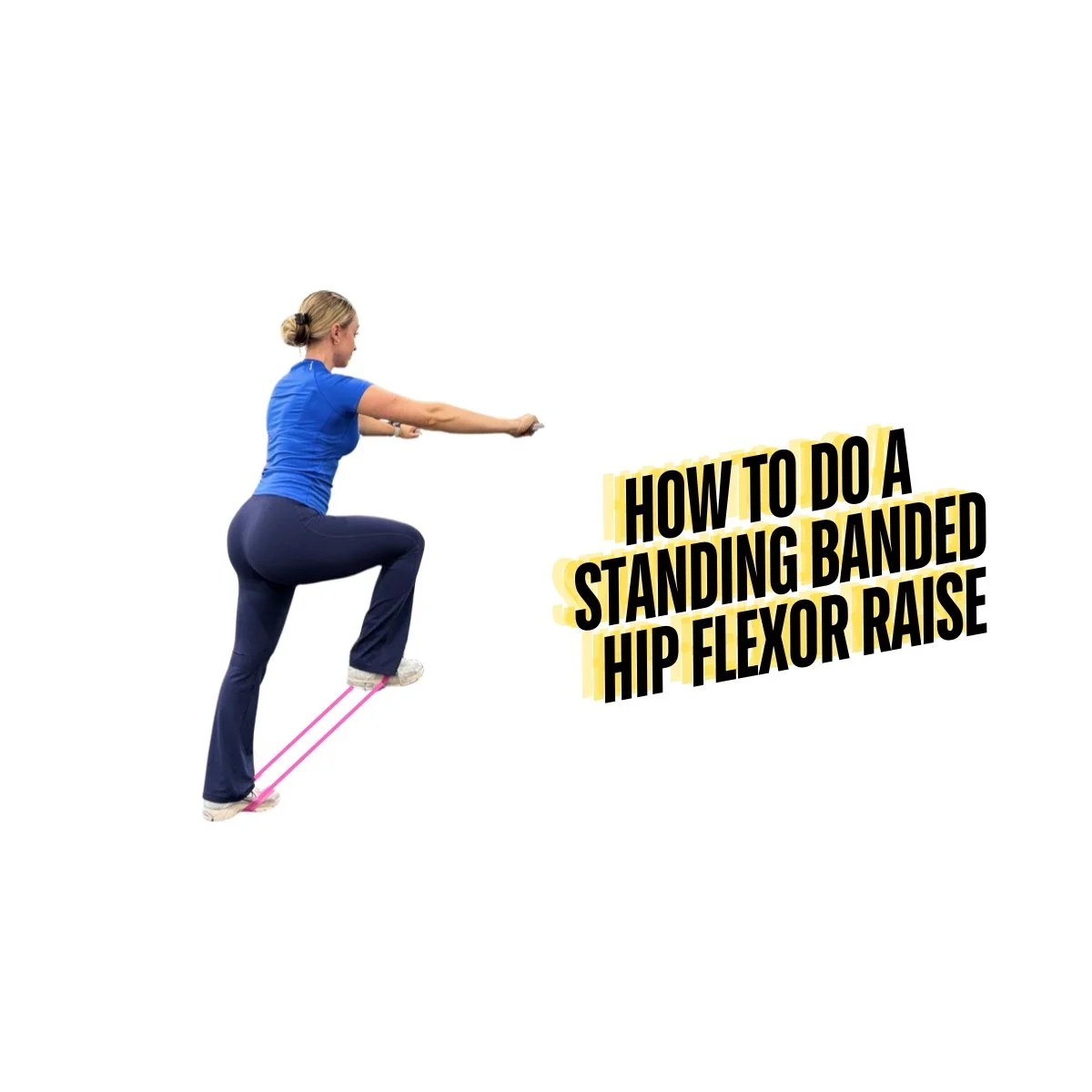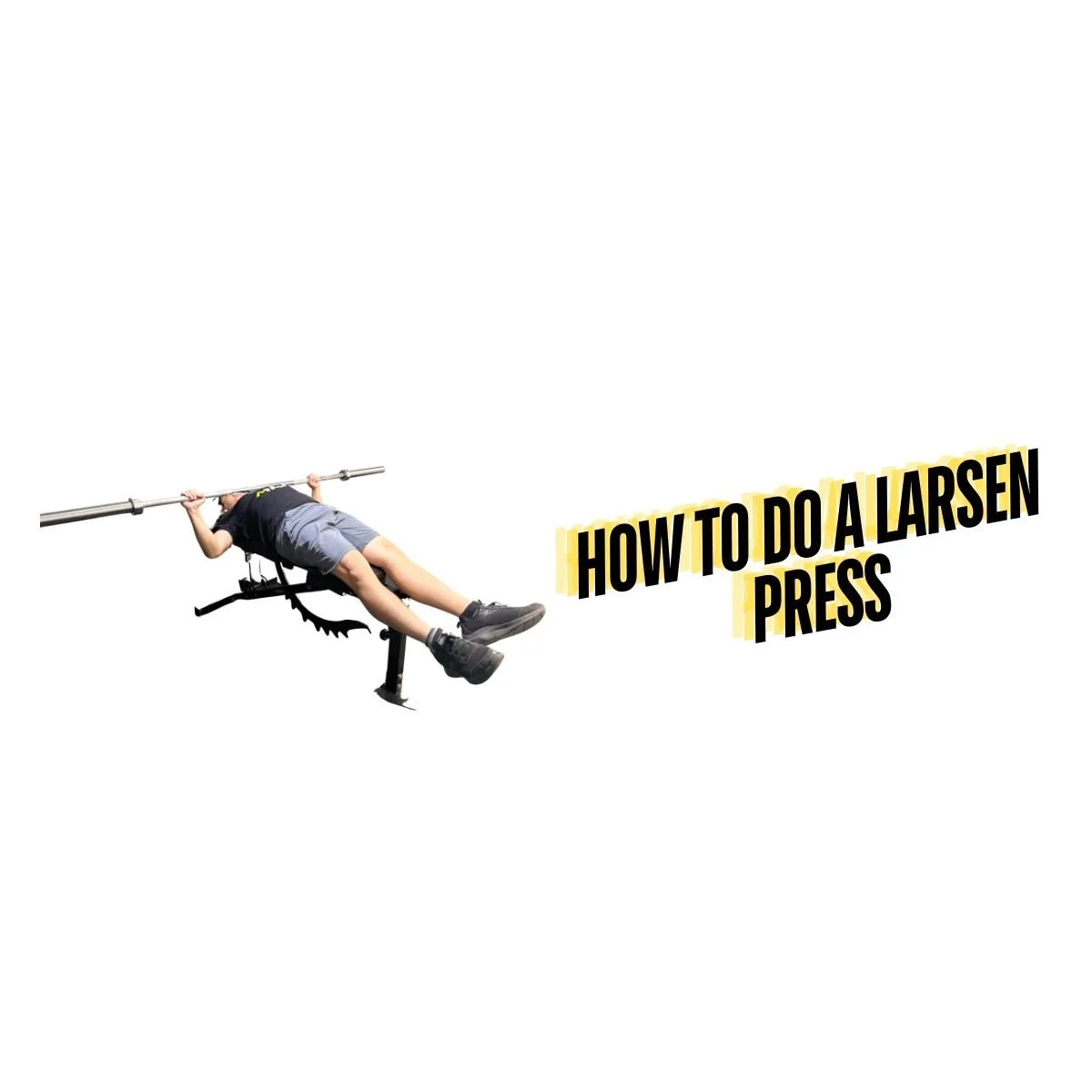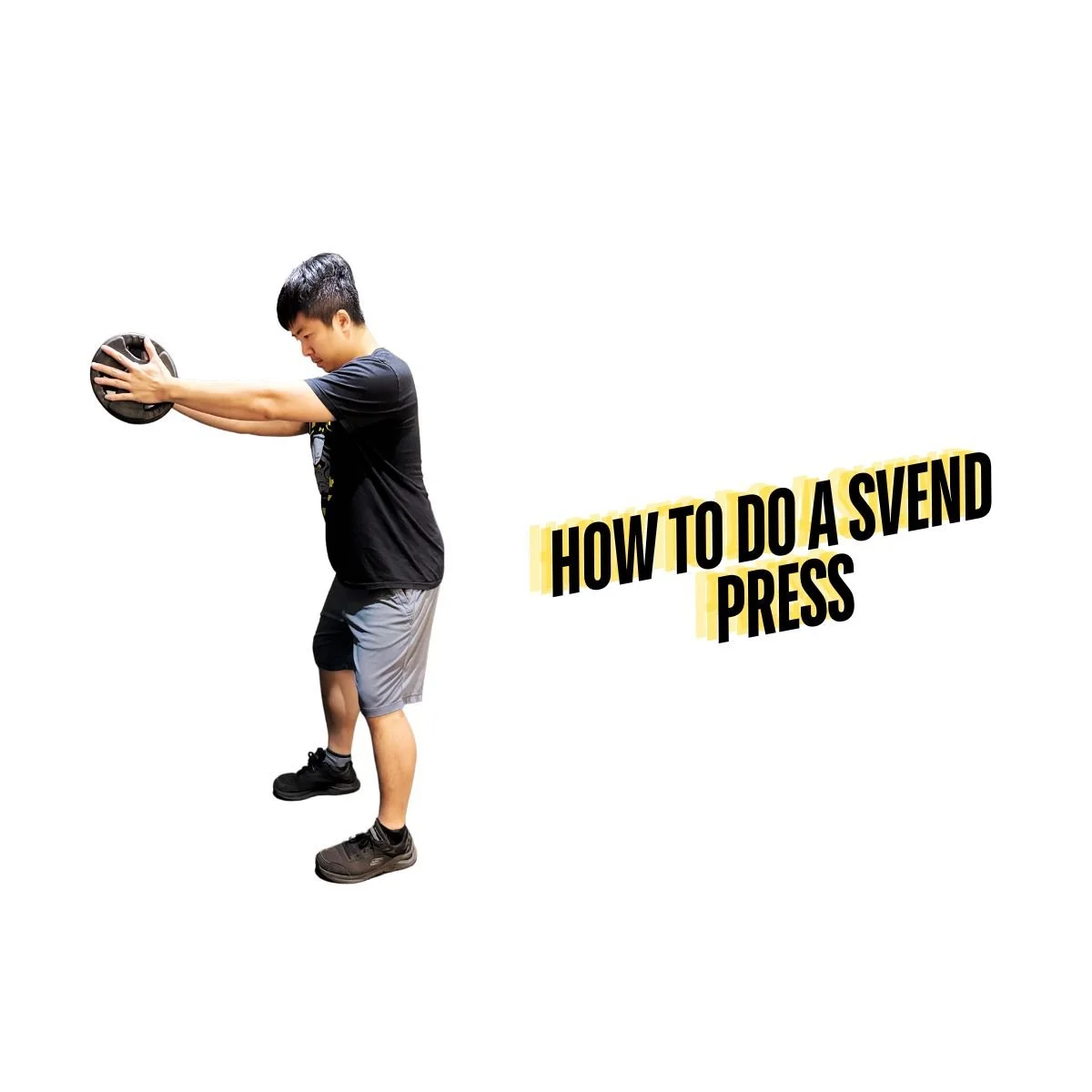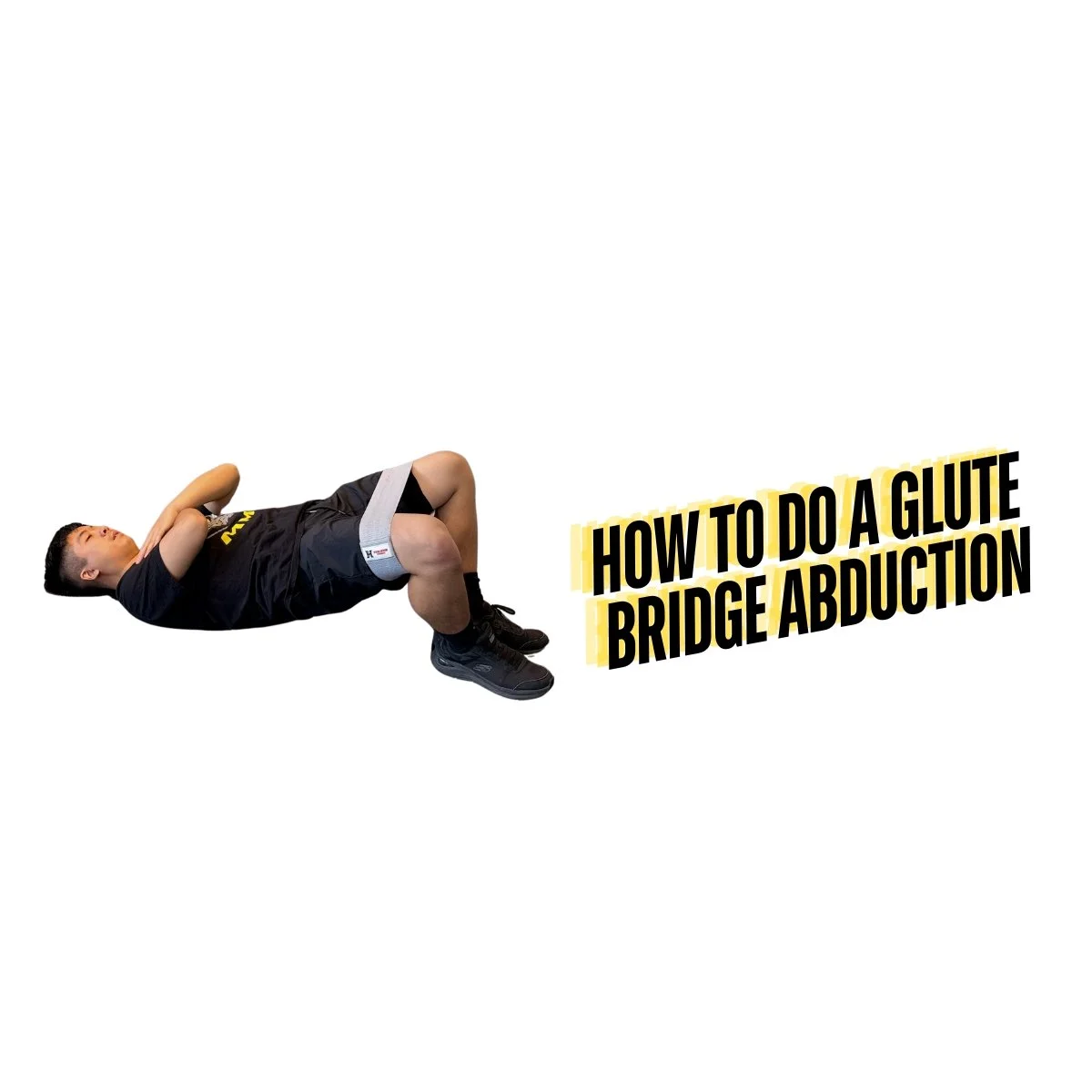Exercise Tutorial: Push Up Plank
How to Do a Push Up Plank
The Push up Plank is a great bodyweight exercise that requires little room and no equipment. Follow these steps to learn how to perform the Push up Plank:
Get into a low plank position. Your legs should be fully extended behind you and your elbows underneath the shoulders with the forearms flat on the ground. Your feet can be hip-width apart.
One arm at a time, come up onto your palms with your arms extended. To initiate this, brace the core and drive through the elbow
Keep your back straight throughout the entire movement and remember to keep your shoulders down and back. You should also avoid any twisting of the torso as you come up onto your palms by ensuring that the hips are level and in line with the shoulders.
Once you have fully extended the arms, return to the original low plank position by lowering back onto each forearm one at a time
Repeat the movement for the required reps.
Muscles Worked on A Push Up Plank
The main muscles strengthened during the Push-up Plank are the Rectus Abdominus and the Triceps. Secondary muscles that are engaged include,
Lower Back (Erector Spinae)
Deltoids
Hamstrings
Push Up Plank Benefits
The benefits of the Push-up Plank will make you want to incorporate this exercise into your routine immediately!
Strengthens the core (help with everyday activities such as throwing, lifting, pulling).
Increases stability.
Increases upper body strength.
Protects the lower back.
Can be incorporated into HITT workouts or circuit training.
Does not need equipment
Why Is the Push Up Plank Useful
The Push-up Plank is useful because it combines the core strengthening of the plank, with the upper body strength of the push-up. The lack of equipment and space needed to perform the Push-up Plank makes it a valuable exercise for those who do not have access to a gym or have limited space.
As well, the Push-up Plank is useful because anyone can perform this exercise. If you are a beginner, you can perform fewer reps, or even start with holding a plank and building your strength in this position first. Beginners can also modify their push-ups by starting on a wall, or with their knees bent, and building their strength from there.
Once enough strength has been built, you can work your way up to completing the Push-up Plank. More experienced clients can increase the intensity of their Push-up Plank by moving their feet closer together, performing more reps, or performing a Push-up Plank variation.
Push Up Plank Variations
Push-up Plank variations will challenge you and add more variety to your exercise routine!
Plank
Push Up to Side Plank
The Push-up to Side Plank is a challenging variation of the Push-up Plank. Begin in a push-up position. Complete one push-up and then as you come up out of the push-up, turn your torso to the side to enter into a side plank position.
Your available arm will end up fully extended, pointing towards the sky and your feet will have changed from being on your toes to being on the side of the foot. After you have rotated towards one side, return to the original position to complete another push-up. Then, rotate to the opposite side to complete the side plank as you enter the extension phase.
Keep repeating the movement, alternating on each side for the side plank. Perform this exercise for 3 sets of 10 reps.
Push Up Plank Hold
The Push-up Plank Hold is a simple variation of the Push-up Plank. This version will have you begin in a high plank position, and you will hold this position for 30 seconds to 1 minute or longer depending on your ability.
It is important to keep your back straight and core braced during the Push-up Plank Hold. To make the exercise easier, you can widen the stance of your feet. To make the exercise harder, you can bring your feet closer together.












